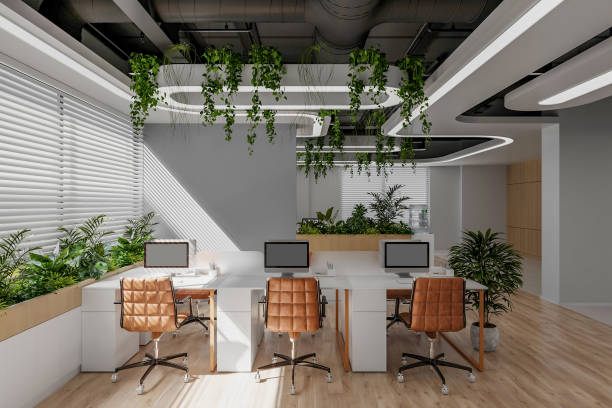Introduction
Finding your interior design style is an exciting journey that allows you to express your personality and create a living space that truly feels like home. With countless design styles to choose from, it can sometimes be overwhelming to determine what resonates with you. This article will guide you through the process of discovering your unique interior design style, helping you create a space that reflects your preferences and lifestyle.
1. Understanding Different Design Styles
Before you can identify your interior design style, it’s essential to familiarize yourself with some of the most popular styles. Here are a few key ones to consider:
Modern: Characterized by clean lines, minimalism, and a neutral color palette, modern design emphasizes simplicity and functionality. Furniture is often sleek and low-profile, with a focus on open spaces.
Traditional: This style draws inspiration from classic European designs, featuring rich colors, ornate details, and elegant furnishings. Traditional interiors often include wood furniture, plush fabrics, and decorative moldings.
Contemporary: Contemporary design is ever-evolving and reflects current trends. It often blends elements from various styles, incorporating bold colors and innovative materials while maintaining an open and airy feel.
Industrial: Inspired by repurposed warehouses and factories, industrial design features raw materials such as exposed brick, metal, and wood. This style is characterized by an unfinished look and a focus on functionality.
Bohemian: Bohemian or “boho” style embraces a relaxed, eclectic aesthetic, with vibrant colors, varied textures, and an assortment of patterns. It often includes vintage furniture, global-inspired decor, and plenty of greenery.
Scandinavian: Known for its simplicity and functionality, Scandinavian design features light colors, natural materials, and minimalistic furniture. This style emphasizes a cozy atmosphere, often referred to as “hygge.”
Rustic: Rustic design celebrates natural materials and a connection to the outdoors. It often includes elements like reclaimed wood, stone, and earthy colors, creating a warm and inviting space.
2. Assessing Your Preferences
To identify your interior design style, start by assessing your personal preferences and lifestyle:
Collect Inspiration: Browse design magazines, websites, and platforms like Pinterest or Instagram. Create a mood board by saving images that resonate with you. Look for common themes, colors, and elements that stand out.
Reflect on Your Lifestyle: Consider how you use your space. Do you entertain often? Need a family-friendly environment? Your lifestyle will significantly influence your design choices, so think about practicality alongside aesthetics.
Identify Your Favorite Colors: Color plays a crucial role in design. Take note of the colors that make you feel calm, energized, or happy. This can help you determine the mood you want to create in your space.
Think About Your Values: If sustainability or functionality is essential to you, this may lead you toward certain styles, such as Scandinavian or modern. Understanding your values can guide your choices.
3. Experimenting with Combinations
Don’t feel restricted to a single design style. Many people find that their preferences lie in a combination of styles. Here’s how to experiment:
Mix and Match: Once you identify a few styles you like, try mixing elements from each. For example, you might combine industrial and bohemian styles for a unique look that feels personal and inviting.
Create Focal Points: Use standout pieces or decor items that embody your preferred styles to create focal points in your space. This can help balance different design elements while maintaining a cohesive look.
Incorporate Personal Touches: Include artwork, photographs, or sentimental items that resonate with you. These personal touches will enhance your space and make it uniquely yours.
Conclusion
Discovering your interior design style is a personal and rewarding process that allows you to create a space that reflects who you are. By exploring different styles, assessing your preferences, and experimenting with combinations, you can find a design aesthetic that resonates with you. Remember, your home should be a place where you feel comfortable and inspired, so take the time to curate a space that truly feels like your own. With patience and creativity, you’ll be well on your way to achieving the interior design of your dreams.


